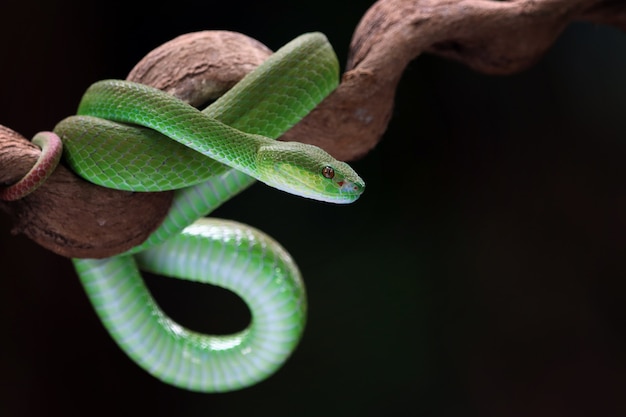

Rattlesnakes are venomous reptiles found mainly in North and South America.
The rattlesnake’s distinctive rattle is made up of a series of hollow, interlocking segments.
Rattlesnakes use their rattle as a warning signal to potential predators or threats.
There are over 30 known species of rattlesnakes, each with its own unique characteristics.
Rattlesnake venom is highly toxic and can cause serious harm or even death if untreated.
Rattlesnakes primarily feed on small mammals, such as mice and rats.
Rattlesnakes have specialized heat-sensing pits on their heads, which help them locate prey.
Rattlesnakes are known for their hinged fangs that fold when not in use.
Rattlesnakes are skilled hunters and can strike with remarkable speed and accuracy.
Rattlesnakes play a crucial role in controlling rodent populations in their habitats.
Some rattlesnakes are capable of delivering a dry bite without injecting venom.
Rattlesnakes shed their skin periodically to accommodate their growing bodies.
Rattlesnakes are excellent swimmers and can cross rivers and bodies of water without difficulty.
Rattlesnakes are ectothermic, meaning they rely on external heat sources to regulate their body temperature.
Rattlesnakes can go for extended periods without food, especially during colder months.
The size of rattlesnakes can vary greatly, with some species being only a few feet long while others can reach over six feet in length.
Rattlesnakes are generally solitary animals, often only coming together during the mating season.
Baby rattlesnakes are born with a fully functional rattle.
Rattlesnakes have a specialized muscular hinge that allows them to open their jaws wider to accommodate larger prey.
Rattlesnakes are ambush predators, waiting patiently for their prey to pass by before striking.
Rattlesnakes are known for their exceptional camouflage, blending into their surroundings to stay hidden from predators and prey alike.
Despite their venomous nature, rattlesnakes are often reluctant to use their venom and will only do so as a last resort.
The shedding of a rattlesnake’s skin allows for the removal of parasites and helps maintain healthy skin.
Rattlesnakes have evolved a triangular-shaped head to accommodate their venom glands.
Rattlesnakes can detect vibrations in the ground, allowing them to sense nearby movement.
The lifespan of rattlesnakes can vary depending on the species, with some living for up to 20 years.
Rattlesnakes have a specialized tongue that aids in collecting scent particles, helping them locate prey or potential mates.
Rattlesnakes hibernate during colder months to conserve energy and avoid harsh weather conditions.
Rattlesnakes are considered a keystone species, as their presence or absence can greatly impact the ecosystem they inhabit.
Rattlesnakes have been known to exhibit complex behaviors such as ambush hunting and social interactions within their own species.
Rattlesnakes are highly adaptable and can be found in a variety of habitats, including deserts, grasslands, and forests.
Rattlesnakes provide valuable venom research for antivenom production and medical purposes.
Rattlesnakes play a crucial role in maintaining ecological balance by controlling prey populations.
Rattlesnakes are more active during warm and sunny weather, often seen basking in the sun to raise their body temperature.
Rattlesnakes have specialized muscles in their veno
Around the world, coffee enthusiasts enjoy Monin coffee concentrate since it is a multipurpose product. Conveniently combining…
The Importance of Choosing the Right Shower for Your Bathroom Renovating your bathroom can be…
Usain Bolt holds the record for the fastest 100-meter sprint in history.Bolt was named Sportsman…
Love is in the air... and it smells suspiciously like chocolate!Roses are red, violets are…
Life's a beach, take a picture and relax.Sun, sand, and salty kisses. That's what beach…
Hungary is home to the largest thermal water cave system in the world.The Rubik's Cube…